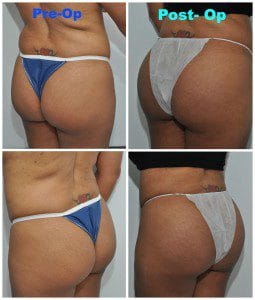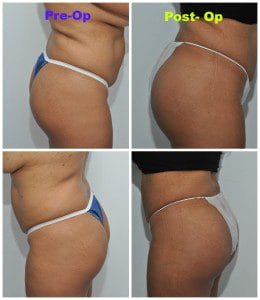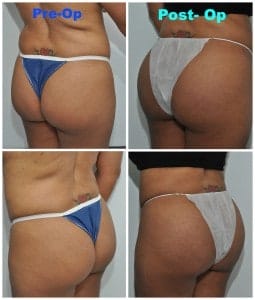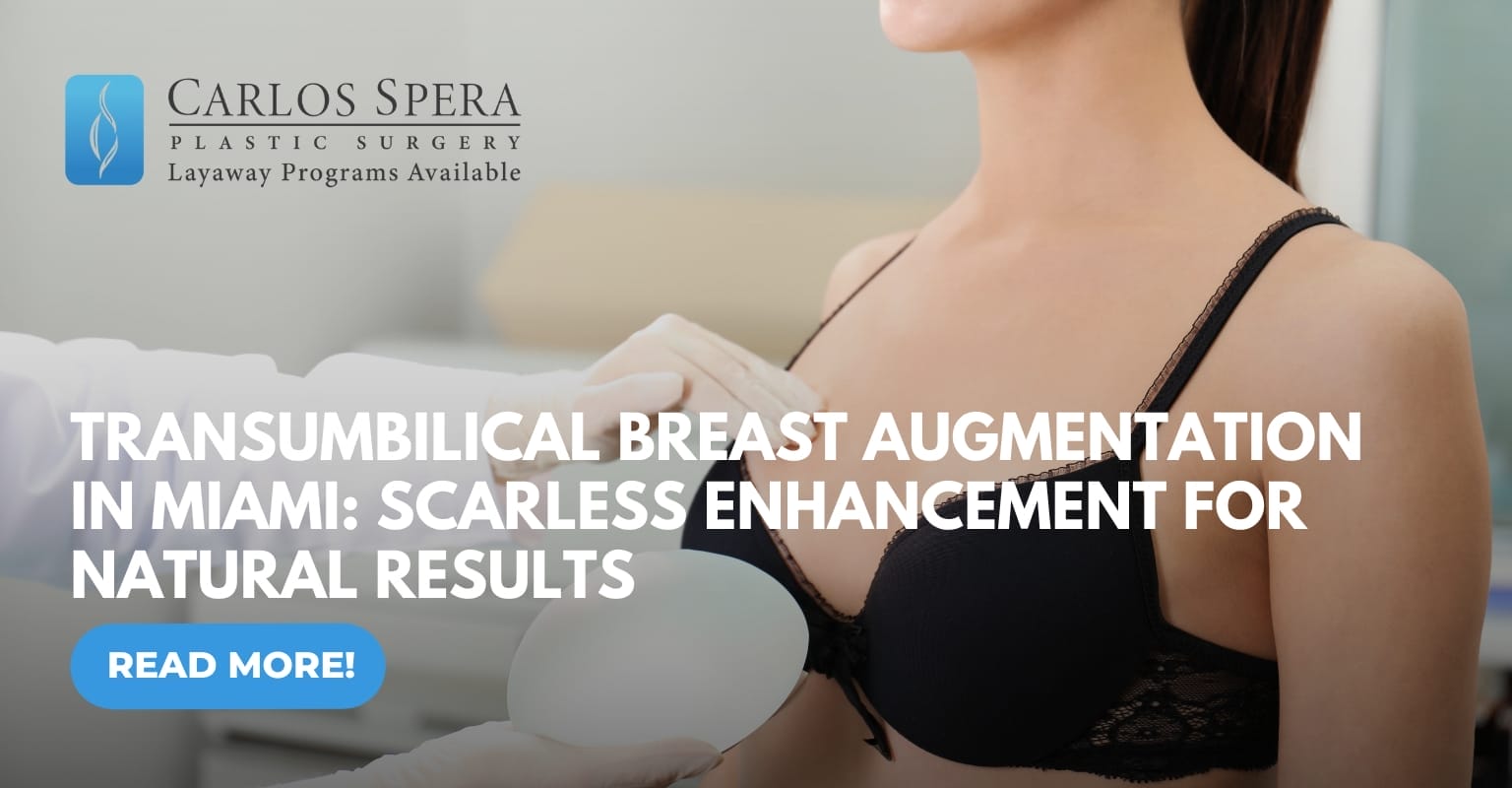For females, the buttocks has been emphasized throughout human history. Gluteal augmentation began in the 1960s with augmentation using breast implants. They did not produce optimal results because of the different anatomy and mechanics of the buttocks compared to the breasts. Today gluteal implants have been developed specifically for this purpose. There are various ways to achieve gluteal augmentation, but the safe and accepted ways include placing soft solid silicone elastomer implants and fat grafting or a combination of the 2 techniques. The chosen technique depends on the desires of the woman as well as the body type. The technique has undergone various modifications, but today one of the most accepted gluteal augmentations procedures is implants placed intramuscular. The incision is made in the intergluteal crease where it can be concealed.
The incision is about 4 cm in size and a funnel is used to insert the implant so it does not need to be a large incision. Dissection is done to place the implant in a pocket in the intramuscular space. This allows enough tissue to cover and conceal the implant as well as cushioning and inferior support for the implant. The patient pictured here had gluteal augmentation as described above. After the procedure, she had a pain pump that gave her pain medication directly to the area where the implant was as well as oral pain medications. She wore an abdominal binder for 3 weeks to help hold the implants in place but otherwise she did not need any special garments. Her activity was restricted to the point where she was encouraged to not put pressure on the implants, like not sleeping on her back and not sitting for long periods of time. The recovery time was about 2 to 3 weeks. The patient returned to work within 3 weeks and started exercising at 6 weeks after her surgery. In these pictures, you can appreciate the improved contour and proportions.










